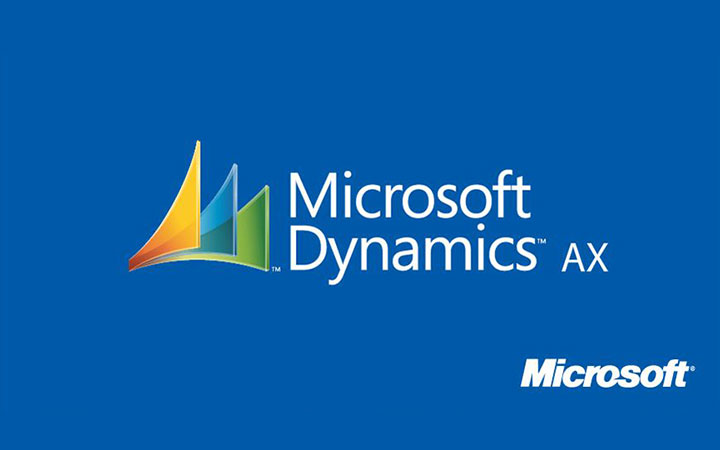
Development II in Microsoft Dynamics AX 2012 培训
课程周期:12小时
使用教材:培训讲义
教材费用:送培训讲义,教学光盘
二、 课程简介
Module 1: Introduction to X++
This module introduces the students to the characteristics of X++.
Lessons
Introduction
Characteristics of X++
Development Tools
Reverse Engineering
Best Practices
Lab : Print to the Screen
Lab : Debug the Job
Lab : Create a Data Model
Lab : Create an XML Developer Document
After completing this module, students will be able to:
Identify key features of developing with X++.
Describe the basic foundation of object-oriented programming.
Use the development tools available within Microsoft Dynamics AX 2012.
Create object and data models from existing application elements by using the Reverse Engineering tool.
Use best practices to instill good programming habits.
Module 2: X++ Control Statements
This module explains how to use control statements in X++.
Lessons
Introduction
Introduction to Variables
Operators
Conditional Statements
Loops
Built-in Functions
Communication Tools
Lab : Create a Times Table Using a While Loop
Lab : Create a Times Table Using a Do…while Loop
Lab : Create a Times Table Using a for Statement
Lab : Create a YesNo Box
Lab : Create a Infolog Tree
Lab : Create a Dialog Box
Lab : Use X++ Control Statements
After completing this module, students will be able to:
Declare and use extended data types for variables.
Use the various operators available in X++.
Control program flow using conditional statements in X++.
Repetitively call the same blocks of code by using Loop statements.
Use standard functions that are built in to the application
Use output commands to display data and messages to the user.
Module 3: Classes and Objects
This module discusses how to use classes and objects within Microsoft Dynamics AX 2012.
Lessons
Introduction
Classes
Method Access Control
Inheritance
Objects
Scoping and Parameters in X++
Methods
Referencing Object Methods
Method Types
Table as Classes
Eventing
Lab : Create a New Class
Lab : Allow Access to Methods
Lab : Instantiating a Class
Lab : Use Method Parameters
Lab : Create a Run Method
Lab : Create a Calculator Class
After completing this module, students will be able to:
Use the classes within Microsoft Dynamics AX 2012 X++ development
Control access to methods using Access Control Method Modifiers
Extend a class using the concept of inheritance
Describe the differences between an object and a class
Initialize variables in the appropriate place according to scoping rules
Call methods within the same class
Use the different method types available
Describe the similarities and differences between tables and classes
Use the eventing publisher and subscriber model when modifying code in the application.
Module 4: Accessing the Database
This module explains how to develop modifications that interact with the database.
Lessons
Introduction
Retrieving Data
Data Manipulation
Queries
Lab : Retrieving Data
Lab : Update
Lab : Create Query Using X++
After completing this module, students will be able to:
Retrieve data from the database using a select statement.
Create, update and delete data in the database.
Use and build queries using kernel classes.
Module 5: Exception Handling
This module discusses the mechanisms built in Microsoft Dynamics AX 2012 to help with exception handling.
Lessons
Introduction
Exceptions
Try and Catch Exceptions
Throwing Exceptions
Optimistic Concurrency Exceptions
Lab : Handle an Exception
After completing this module, students will be able to:
Examine the exception handling mechanism in Microsoft Dynamics AX.
Use the Try, Catch, and Retry statements.
Throw an exception from code.
Identify and create code used to handle optimistic concurrency exceptions.
Module 6: Security for Developers
This module introduces some more advanced security features of Microsoft Dynamics AX 2012.
Lessons
Introduction
Permissions
Security Policies
Code Access Security
Display Method Authorization
After completing this module, students will be able to:
Set permissions on application elements
Design and create security policies
Secure unsafe Application Programming Interfaces (APIs) using the Code Access Security framework
Authenticate data returned from display methods.
三、 企业团体定制介绍
1、可提供团体定制培训,为企业量身定做。